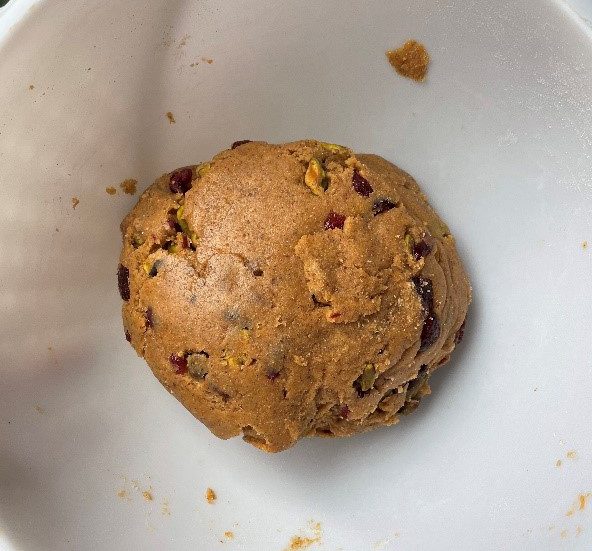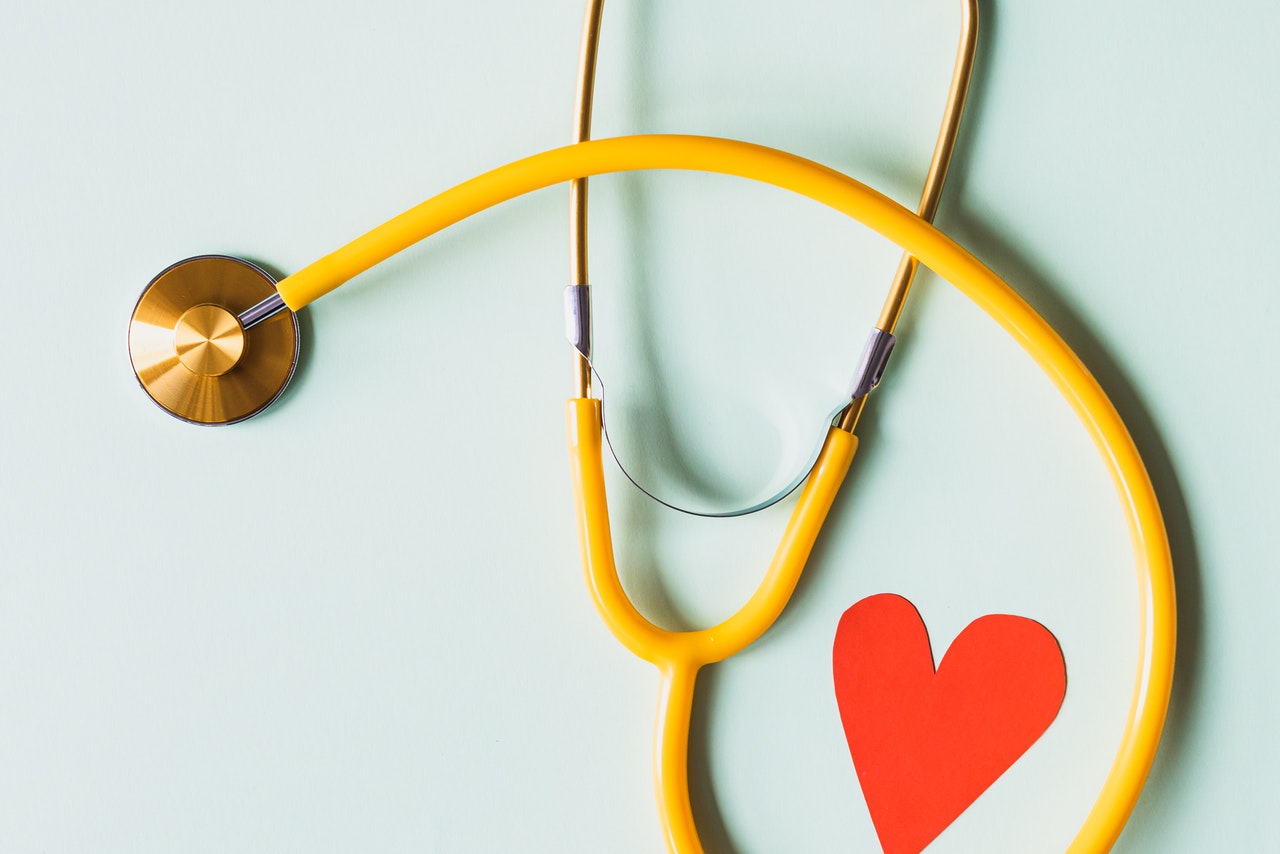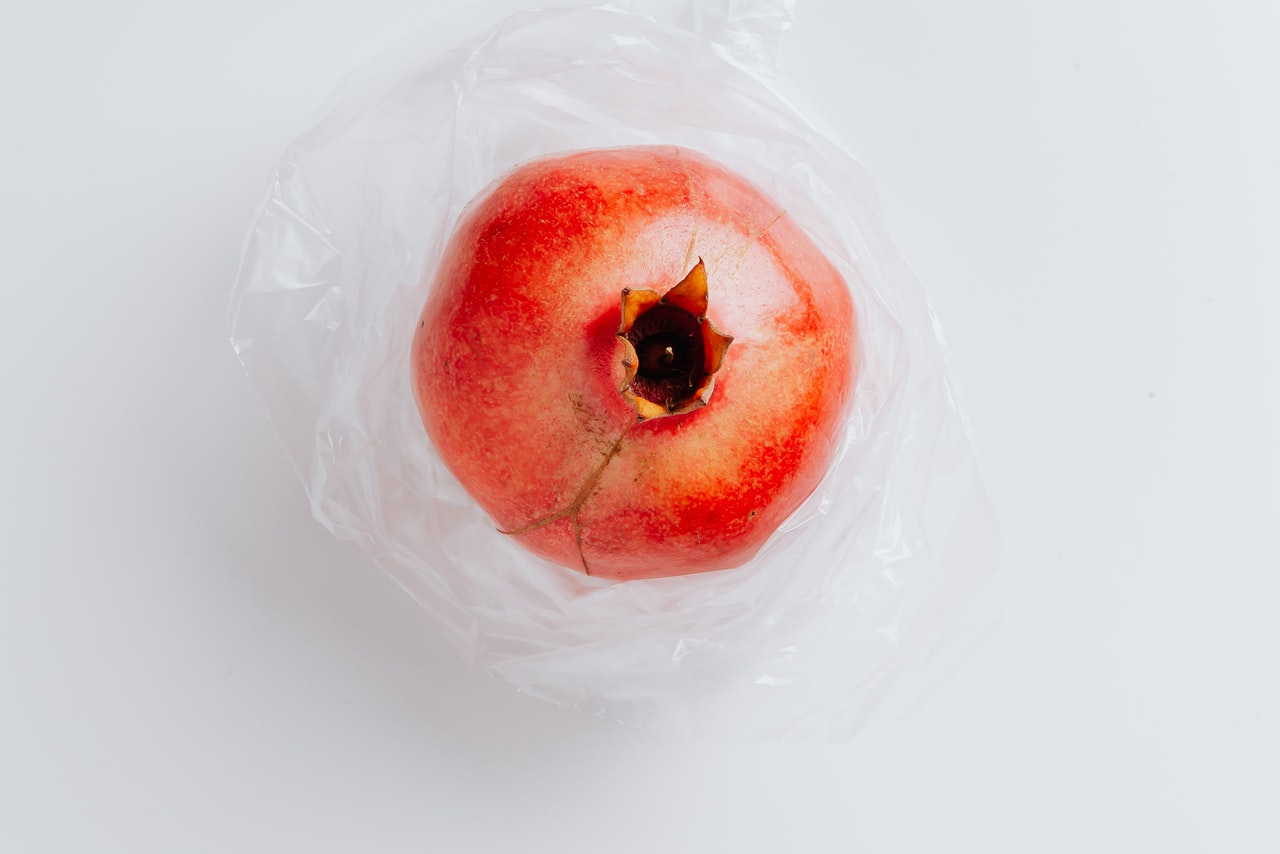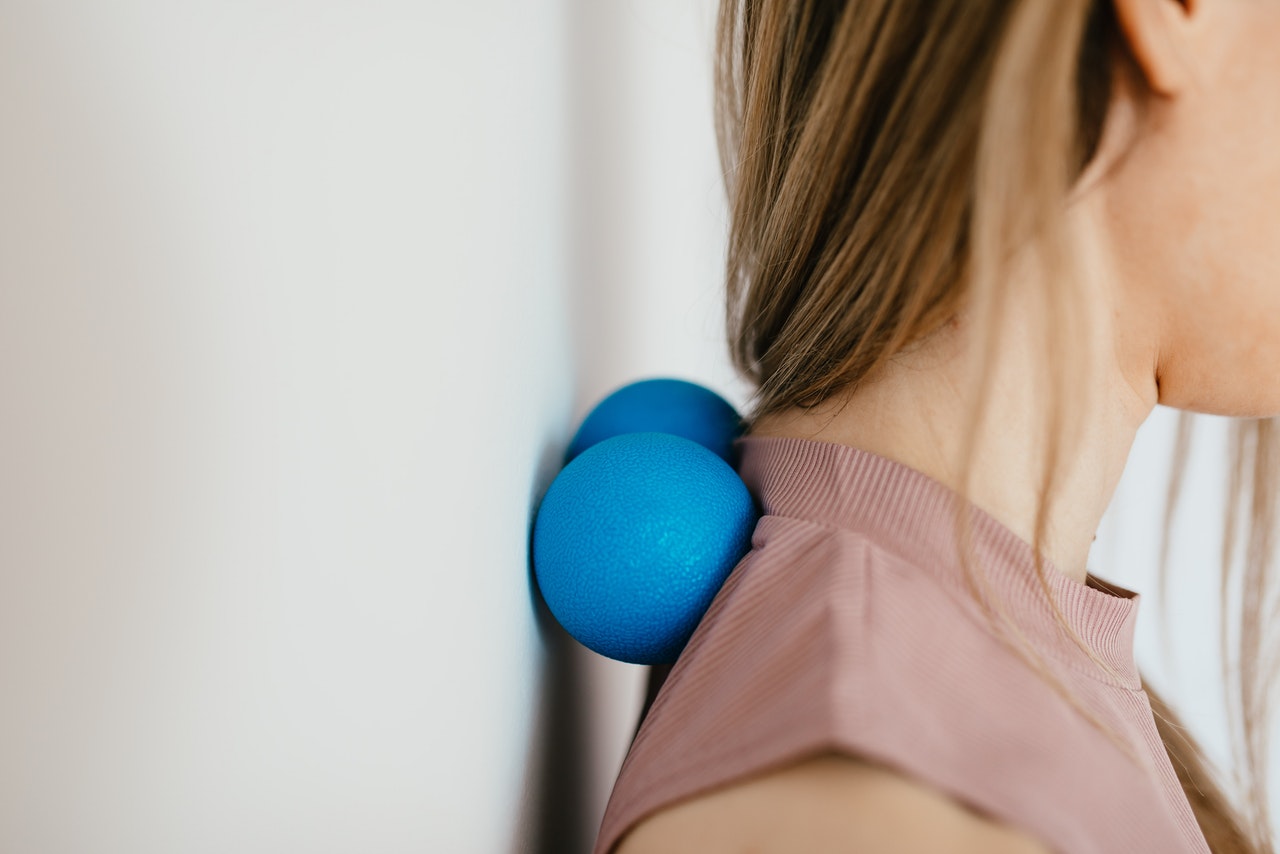Why is immunity important and how does it work?
Well, the first question is simple: immunity keeps us healthy and allows our body to fend off pathogens that could otherwise wreak havoc on our bodies or at worst, end our life. The answer to the second question is not so simple: to answer that question fully we may need to write a 5,000-page book on the topic because that is how complex and sophisticated the immune system is! Although a lot is known about the immune system, to this day researchers and scientists are still rigorously working to understand the immune response in its’ full capacity. For now, we won’t focus on the unknowns, but rather the knowns about the immune system. Having a basic understanding of immunity will help us understand specifically how nutrition impacts its’ ability to function properly.
Your immune system is comprised of 3 different layers: The first is physical which includes barriers, both internal and external. These include your skin and the epithelial lining of your GI tract and your respiratory tract. (2) The second layer is biochemical which is made of secretions and gastric acids. The third layer of immune protection comes from the cellular level such as B cells, T cells, antibodies and granulocytes to name a few (2). All of these layers work in conjunction together as either an innate response or an adaptive response. These are the 2 main branches of the immune system in terms of function. The innate system is the first and immediate response to a threat to our body. The innate system uses phagocytes, neutrophils, eosinophils, mast cells and dendritic cells to function. (1) This response is immediate which is important in addressing pathogens right away, but it is not specialized which is where the adaptive system shines. The adaptive system, as you may guess, adapts over time to different pathogens. This system recognizes pathogens, learns them and remembers them for future use so that if the pathogen invades your body again your immune system will know how to protect you. The adaptive immune system uses T cells and B cells to mediate the immune response (8) Nonetheless, both systems are imperative for a healthy immune response.
While the world battles against Covid-19, maintaining a great immune system has become a constant struggle and also a top priority for almost everybody across the globe. Several health companies have come up with products – whether herbal or medicinal, that claim to keep this virus at bay. How much of their claim is true? Only time will tell! But until then, it is our primary job to do the best we can; to protect ourselves. While you are doing your absolute best, Persona is here to help you do better! Here are some great supplements you can take, to support your natural immunity.
- Immune Support: This is an amazing blend of astragalus root extract, Andrographis and Reishi Mushrooms. A combination of these 3 powerful herbs not only promotes immunity at a cellular level, but also provides anti-inflammatory and antioxidant properties to this supplement. Taking our Immune Support consistently also helps maintain a harmonious balance of the organs and systems in our bodies.
- Vitamin C with Bioflavonoids: This is an essential vitamin, which means that our bodies do not produce it. This gives us more reason to make sure we nourish our bodies with Vitamin C regularly. It is a powerful antioxidant and helps our body’s defense mechanism by supporting the functions of our immune system (1). Along with immunity, regular consumption of Vitamin C has also been shown to reduce wound healing (2), provide hydrolyzed collagen support and improve our oral health.
- Fermented Ginseng: An extremely diverse supplement, Ginseng is an adaptogen that helps relieve our bodies from physical, mental and emotional stress. But most importantly, Ginseng has been shown to maintain an equilibrium of the immune system and enhances our resistance to illness (3). The enzyme used by us is the fermented form of Korean Ginseng, which works much faster than the other kinds of ginseng.
- Antioxidant: Antioxidants have been well known in the world of nutrition as the agents that act as barriers for environmental toxins. Our Antioxidant supplement contains a powerful blend of essential vitamins and minerals that helps improve our overall immunity and support a healthy inflammatory response in the body. Not only that, this supplement also supports cardiovascular, brain and skin health.
- Quercetin Plus: Quercetin is a plant pigment (flavonoid), which is present in fruits and vegetables like onions, broccoli, apples, berries, grapes. This supplement is widely known for its properties to stimulate the immune system and it’s strong anti-inflammatory capacities (4), which might help reduce inflammation in the body, kill cancer cells, balance blood sugar and support a healthy heart.
We’ve all heard the phrase “An apple a day keeps the doctor away,” but is there actually some truth to this and if so, how does this work? Well, to be fair, you do need much more than just an apple to be healthy and to stay out of the doctor’s office, but the overall theme here is that a nutritious diet can keep you healthy for longer and that is true! But what is the actual science behind this concept? How does your nutritional intake really impact your health and more specifically, your immune function? We will explore how nutrition affects you on a cellular level, but first, we have some important questions to answer about immunity below.
Why is nutrition important?
The relation to immunity and nutrition has been clearly established in the sense that the immune response is compromised when nutrition is not adequate. This can lead to an increased chance that you will develop an infection or illness. (6) An overall healthy diet is important for immune function, but more specifically is the importance of caloric intake, micronutrients and gut health.
When you think of a difficult workout you are going to embark on, you usually consider what you have eaten for the day and evaluate if what you have eaten is going to be enough for you to have a successful workout- your immune function is no different! When getting ready to “gear up” to address infection, your body must have proper nutrition to carry out all of the complex functions it needs to address the infection or illness properly. When your immune system is activated it requires a much higher need for energy for optimal function. Proper nutrition during times of infection or illness allows for your cells to function at their highest capacity on the cellular level, increasing the likelihood that your body will be able to properly address and eliminate the pathogen or threat to your body. Without proper nutrition your immune response will not be as strong as it requires which can lead to longer recovery times and ongoing infection and illness. (5)
Not only is your immune system impacted by the amount of calories you consume, but the type of calories and foods you consume matters just as much! Micronutrients have been widely known to have a positive influence on health and be necessary for the prevention of disease. Regardless of your age, it has been established that Vitamins A, C, D, E, B2, B6, B12, folic acid, beta carotene, iron, selenium and zinc all have an imperative role in immunity. (6) Examples of how specific micronutrient deficiencies can alter the response of the immune system can be seen with zinc, vitamin A and vitamin C. A deficiency of vitamin C can increase the likelihood of developing infections like pneumonia due to the absence of the antioxidant effects addressing the oxidative stress the infection is causing. A zinc deficiency can lead to a reduction of lymphocytes, one of the main immune cells, and it can also increase inflammation and oxidative stress. This is due to its’ effect on cytokine production, an important component of modulation of the immune response. (6) A deficiency of Vitamin A can lead to a reduction or alteration of function for macrophages, T cells, B cells and neutrophils; all important cells that assist in immune function. Evidence suggests that supplementation for these specific examples of micronutrients discussed can improve outcomes and immune response. (6)
The bacteria in your gut have a strong influence on your immunity as they are closely linked together. The gut microbiome is so complex that researchers are having a hard time making exact conclusions on how the gut microbiome is related to immunity, but we do know that there is a link and it is important to consider when discussing nutrition and immune function.
The epithelial walls of our gut serve as one of the layers of immunity that we discussed earlier. This is considered part of the physical and biochemical aspects of our immunity. Our gut is filled with trillions of bacteria, some good and some bad, however, we need to have an abundance of good bacteria to act as a first-line defense of foreign pathogens that may enter our body and to eliminate them appropriately without doing us much harm. If you do not have a healthy gut microbiome you may develop leaky gut syndrome; a condition that may lead to outside pathogens entering you fully instead of being eliminated through your digestive tract- this may lead to immune responses such as inflammation and other diseases. (15). Focusing on fermented foods such as yogurt, kefir and kombucha can help replenish the good bacteria in your gut due to their probiotic content. Supplementation with a daily probiotic can also help replenish the good bacteria in your gut.
Overall, we can see how important nutrition is for our immune function! The best thing to remember is that there is no one food that is going to be the key to preventing disease and supporting your immune system. It’s important to focus on a wide range of foods full of different nutrients! Be sure to get plenty of colorful fruits and vegetables throughout your day and consider supplementation if you are not meeting your needs through diet alone.
Foods to boost your immune system
However, it’s still important to keep your immune system strong and healthy by supporting it with nutrient-dense, whole foods and supplements. Did you know that many foods, spices, and herbs can boost your immune system and help protect against colds, flus, and viruses?
Garlic, mushrooms, oregano, fermented foods, leafy green vegetables, green tea, citrus fruits, and raw honey are just a few superfoods that can strengthen your immune system to ward off illness.
Garlic
Garlic and its health benefits have been used for centuries as it has a variety of valuable effects for the immune and cardiovascular system, as well as providing anti-inflammatory, anti-bacterial, and anti-microbial support. Garlic works by modulating the immune system and reducing inflammatory cytokines, which are released by the immune system.
Garlic is a wonderful ingredient to keep in the kitchen to spruce up any dish, spread, or salad dressing. When using garlic in your cooking, it’s best to chop it and let it sit for 10-15 minutes to boost the nutritional properties and its benefits. Garlic is in the sulfur family and letting it rest allows the enzymes to be activated, which are inactivated when heating it immediately after cooking it.
Mushrooms
Mushrooms have been studied for years for their immune support benefits including anti-cancer, anti-inflammatory, anti-microbial and more. Similar to garlic, mushrooms can also modulate cytokine activity increasing production of beneficial T-helper cells.
Not only do mushrooms boost the immune system but they also help reduce inflammation. Even though mushrooms taste delicious raw, cooking them increases the antioxidant activity. With B vitamins, zinc, and selenium, they are great sources of antioxidants and a healthy food to add to your diet.
Fermented foods provide numerous benefits that are loaded with probiotics, which support gut health and immunity. Adding fermented foods like refrigerated sauerkraut or kimchi to your food, once it’s been cooked is a great way to add spice, a salty component (instead of adding salt), and a nutritional punch to your dish. In addition, chopped herbs, including oregano spice up a dish with great flavor, health benefits, and boosts your immune system.
Sleep and Immunity: How They Affect One Another
Sleep is an important process that regulates the body’s physiological processes and promotes recovery. During an illness, sleep patterns commonly change and can lead to reduced, disrupted, or even improved sleep.18 Besides the obvious that we feel tired when we do not sleep enough, other physiological processes are also negatively affected in the body. When the immune system is stimulated, an inflammatory response is triggered, and sleep duration usually increases.18 Other symptoms of fatigue, poor mood, increased sensitivity to pain, and decreased appetite follow as a response from the central nervous system.18 Although not very fun, these symptoms can actually help begin the healing process in the body to conserve energy and instead promote recovery.18
What Happens if We are Not Sleeping Enough?
The immune response is regulated by our sleep cycle, and inflammatory mediators can increase when sleep is decreased.18 The duration and quality of sleep are linked to the body’s response to inflammation. Therefore, increased sleep loss can weaken the body’s immune system which makes us more susceptible to infection.18
What Does the Research Say?
Cytokines are proteins secreted by cells of the immune system, and they help regulate immunity.19,20 In cases of sleep loss related to insomnia, alcoholism, stress, and during a period of aging, pro-inflammatory cytokines were enhanced, meaning the body had an increased response to inflammation.19 Hormone levels such as cortisol (plays an important role in the body’s response to stress) also fluctuated in the morning after sleep loss.19 Sleep not only impacts acute infection (cold, flu, etc.) but also is involved the body’s response to allergies and more chronic diseases such as cardiovascular, metabolic, and neurodegenerative disease, cancer, and other forms of chronic pain.19 Addressing the issue of sleep is very important in the treatment of these issues.
How Much Sleep Do We Need to Boost Our Immune System?
We all know that it is ideal to sleep 7-8 hours per night, and this continues to be true to best support the body’s immune system.21 If you are not able to hit the goal of 8 hours, naps can be beneficial to help boost immunity.21 A thirty-minute nap in the morning or evening (or both!) can still benefit the body’s immune system and make-up for missed sleep by reversing some of the negative effects that result from sleep deprivation.21
Tips to Improve Sleep
Creating a “sleep routine” can be very beneficial to improve sleep quality. Just as you have your routine in the morning, establish a couple simple steps that help you wind down for the night. One important step could be to try to stay off your phone directly before bed and even consider putting it in a separate room at night so that it is not a distraction. The main goal is to lower stress, wind down, and create and environment and mindset for restful sleep. Some ideas could include meditation, prayer, stretching, listening to calm music, or even making some decaffeinated tea. Sleep supplements can also be beneficial to help promote a restful state and ensure good sleep. Quality sleep is so important and implementing a few simple steps can make a huge difference in your overall health and immunity!
The Connection Between Vitamin D and Immunity
With the world in a global health pandemic, cold and flu season approaching, and the changing seasons, immunity is at the forefront of most of our minds. Vitamin D has been gaining popularity for its proposed benefits in terms of immune health. But does the science support the claims regarding vitamin D and immunity?
Vitamin D
To understand the role of Vitamin D within the immune system we must first understand exactly what Vitamin D is. Vitamin D is one of four fat-soluble vitamins, meaning it is absorbed and transported through the body in fat globules. Fat-soluble vitamins are stored in the body within cells and tissues.
Vitamin D has two forms, Vitamin D2 (ergocalciferol) and Vitamin D3 (cholecalciferol). Vitamin D2 is typically man-made and added to foods or supplements. While Vitamin D3 is the natural form, often referred to as the “sunshine vitamin”; we can naturally synthesize Vitamin D3 from the sunlight when it hits our skin. About 10-15 minutes of sun exposure multiple times per week is sufficient for adequate Vitamin D3 absorption. However, several factors can hinder the absorption of Vitamin D3 such as skin color, time of day, UV strength, season, geographic location, and use of sunscreen. Despite the ability to naturally obtain Vitamin D from the sunlight. Vitamin D deficiency remains quite prevalent among the world’s population, especially in the winter months and northern hemisphere.22
Some Vitamin D may be found in dietary sources like Cod Liver Oil, egg yolks, and butter. However, most of our Vitamin D is synthesized in a chemical reaction within the body which requires our skin (especially upper torso, arms, and face) to be exposed to sunlight.
The role of the Immune System
Vitamin D is most widely known for its role in the formation and maintenance of normal bones and the metabolism of calcium and phosphorous. However, over 50 genes are be known to regulated by Vitamin D, most of which are unrelated to mineral metabolism.23 Emerging research shows the role and importance of Vitamin D within the immune system.
The proposed role of Vitamin D within the immune system is its ability to stimulate a greater production of T cells.24 Increased production of T cells may help to increase the production of anti-inflammatory cells and decrease the production of inflammatory cells.4 This may help the body fight against infections and foreign invaders. 24
Recent research has shown that Vitamin D supplementation may also be helpful in preventing, treating, or managing symptoms of numerous other disease states, such as Crohn’s disease, cystic fibrosis, asthma, burn therapy, Celiac disease, depression and Seasonal Affective Disorder (SAD), epilepsy, high blood pressure, low back pain, tension and migraine headaches, diabetes and diabetic neuropathies, alcohol withdrawal, skin disorders (acne, eczema, vitiligo), Parkinson’s Disease and Multiple Sclerosis (MS). It may also help in maintaining healthy immune function during cold and flu season, or in instances where you may be exposed to a number of unfamiliar pathogens, such as during a hospital stay.
An exciting new study conducted in Boston and published in the American Journal of Clinical Nutrition went back and looked at the medical records of 2135 adult patients admitted to two Boston-area teaching hospitals from 1993-2010 (Quraishi S A, 2013 October). All of these patients had had their blood levels of Vitamin D checked before they were admitted to the hospital. They were then followed to see if they developed a common hospital-acquired blood infection during their stay. The patients who entered the hospital with low blood levels of Vitamin D had a significantly higher incidence of contracting the hospital-acquired blood infection. The incidence of infection dropped significantly for patients who had adequate Vitamin D levels at the time they were admitted to the hospital.
Obviously, further study is needed, but the implications here could be far-reaching and encouraging: maintaining adequate levels of Vitamin D could give your immune system the boost it needs to fight off all sorts of insidious infections. If it could be helpful to people in a weakened hospital state to fight off a hospital-borne bacterial blood infection, imagine what kind of boost it could give you in fighting off illnesses in your everyday life.
The COVID Connection
Several studies have found a correlation between Vitamin D deficiency and testing positive for COVID–19. Given the role of Vitamin D in the immune system, it is plausible to associate a Vitamin D deficiency with a decreased immune system possibly increasing the susceptibility to illness. However, further research is needed to determine the role of Vitamin D in the prevention and treat of COVID-19.
Some Additional Tips To Strengthen Your Immune System Naturally
Ok, here we go! Simple tips to get your body working and feeling great! Don’t be overwhelmed by your day to day, you can nails these easy steps that will make all the difference. In 2014, get a wee bit selfish and make time to take care of yourself! If you do not take the time to care and nurture yourself, who will? Simple solutions that truly increase and boost immunity, energy and all the “feel good” chemicals in your body.
- Reach For It! Yep, you read it right, reach and stretch to increase energy and to get your brain and body boosted. Practicing a daily dose of yoga will increase your overall energy, focus and ability to learn new things.
- Take a Walk Already! Stop putting it off, grab your shoes and go! A brisk walk does wonders for energy, mood, and overall well-being.
- Eat Your Breakfast. Eating a healthy protein dense meal early in the morning does wonders for energy and mood. If you fuel early, your body will respond with vim and vigor.
- Hop on the Scale. Don’t be afraid, hopping on the scale will clue you in to where you need to be in terms of activity and activity increases energy! Seeing those numbers will prompt you to exercise and to make healthy choices. Maybe you’ll try the striking clam shell exercise!
- Ban the Couch! After work make it routine to NOT sit on the couch. Sitting zaps energy and that is the last thing anyone needs after a work day of sitting. Place books on your couch to remind you that you do not need to sit. Go outside. Run, jump rope, bike, stroll or jog. All activity increases energy and boots stress to the curb.
- Meditate! Close your eyes and just breathe! Meditating for 5 – 20 minutes a day will clear your brain, decrease anxiety and increase energy.
- De-Clutter. Cleaning house and getting organized makes us feel good and boosts our energy. Having a de-cluttered space gives satisfaction, peace, and room to play. So go ahead and make your home an “Om” home!
- Take a “Selfie”. Grab your camera and get real. The motivation created from looking at ourselves honestly and making goals for what we want to become produces a drive that increases our energy. When we make goals and have a plan it is great to become “gung-ho” and we are more likely to stay active and committed to daily exercise. Daily exercise increases energy!!!
- Take a nap. A little cat nap will replenish the body, mind and spirit and will give the added boost needed to get through the day. No caffeine needed, just a comfy place to lay down and zone out!
- Eat Healthy Food! Talk about an energy boost, practicing a healthy diet rich in plants and protein will catapult your energy to the next level. Ditch the processed crap and get going with real, whole and energy-providing foods! Drink plenty of fluids every day and add a probiotic to your daily routine. Good immunity starts in the gut, and there’s nothing like a good probiotic to benefit your intestine.
Take home message
There is much to learn about the role of Vitamin D within the immune system. Adequate amounts of Vitamin D may help to promote a healthy immune system. The recommended amount of Vitamin D an adult should consume daily is 600 IU. Supplementing with the active form of Vitamin D3 (cholecalciferol) may help to provide you with an adequate amount of Vitamin D to help prevent nutritional deficiencies from occurring if you are at risk. Remember, Vitamin D is a fat-soluble vitamin, there is a risk for toxicity with intakes greater than 4000 IU per day.
Although, doing all of this may sound a little challenging and time constraining on a regular basis. But think about the importance of your health and family, who you support every day! If you take good care of your body, your body will thank you by taking good care of you in return.















